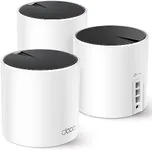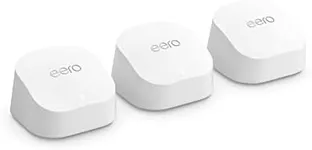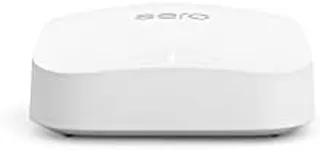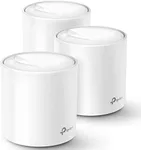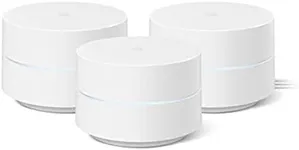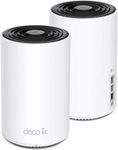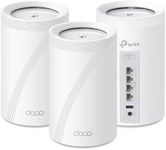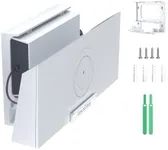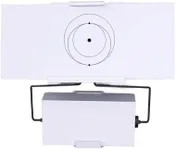Buying Guide for the Best Home Wifi Mesh
Choosing the right home Wi-Fi mesh system can significantly improve your internet experience by providing better coverage and more reliable connections throughout your home. A mesh system consists of multiple devices that work together to create a seamless network, eliminating dead zones and ensuring consistent speeds. To find the best fit for your needs, it's important to understand the key specifications and how they impact performance and usability.Coverage AreaCoverage area refers to the total square footage that the mesh system can effectively cover with a strong Wi-Fi signal. This is important because it determines how well the system will work in your home, especially if you have a large house or multiple floors. Coverage areas are typically divided into segments: small homes (up to 2,000 sq ft), medium homes (2,000-4,000 sq ft), and large homes (over 4,000 sq ft). To pick the right one, consider the size of your home and any specific areas where you need a strong signal.
Number of NodesNodes are the individual units that make up the mesh system. The number of nodes you need depends on the size and layout of your home. More nodes can provide better coverage and more reliable connections, especially in larger homes or homes with many walls and obstacles. Typically, a small home might need 1-2 nodes, a medium home 2-3 nodes, and a large home 3 or more nodes. Choose a system with enough nodes to cover your entire home without leaving any dead zones.
SpeedSpeed refers to the maximum data transfer rate that the mesh system can handle, usually measured in megabits per second (Mbps). This is important for ensuring that your internet connection can support all your devices and activities, such as streaming, gaming, and video conferencing. Speed is often categorized into basic (up to 300 Mbps), mid-range (300-600 Mbps), and high-speed (over 600 Mbps). To pick the right speed, consider your internet plan and the types of activities you do online. Higher speeds are better for households with multiple users and high-bandwidth activities.
Band SupportBand support refers to the frequency bands that the mesh system can use to transmit data. Most systems support dual-band (2.4 GHz and 5 GHz), while some support tri-band (an additional 5 GHz band). This is important because more bands can reduce congestion and improve performance, especially in busy households. Dual-band systems are usually sufficient for most homes, but tri-band systems can offer better performance in larger homes or homes with many devices. Choose based on the number of devices you have and the level of performance you need.
Ease of Setup and ManagementEase of setup and management refers to how simple it is to install and maintain the mesh system. This is important because a user-friendly system can save you time and frustration. Look for systems that offer app-based setup, clear instructions, and easy-to-use management features. Some systems also offer advanced features like parental controls and guest networks. Choose a system that matches your technical comfort level and offers the features you need to manage your network effectively.
Security FeaturesSecurity features refer to the protections that the mesh system offers to keep your network and data safe. This is important because a secure network can protect you from cyber threats and unauthorized access. Common security features include WPA3 encryption, automatic firmware updates, and built-in antivirus protection. Choose a system with robust security features to ensure your network is protected against the latest threats.
